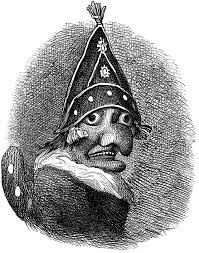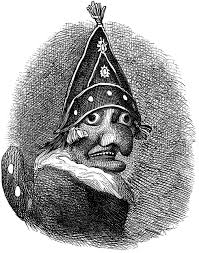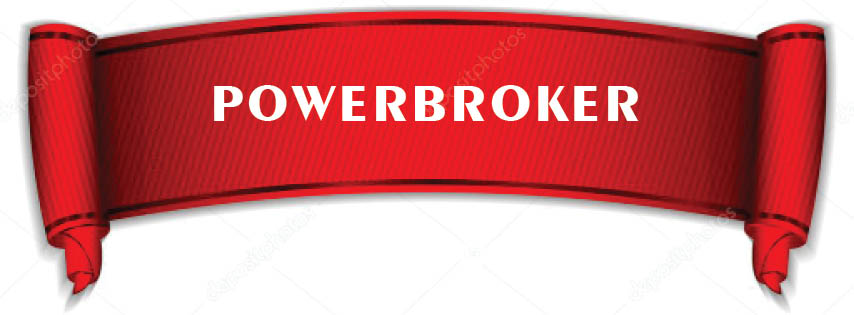
The Men Who Built America
He created the H-Beam and modern skyscrapper. Contributor BRENDA WENSIL chats with John Keabler about his portrayal of steel magnate Charles M. Schwab, and examines how he shaped the standards and practices of the U.S. Labor Force.
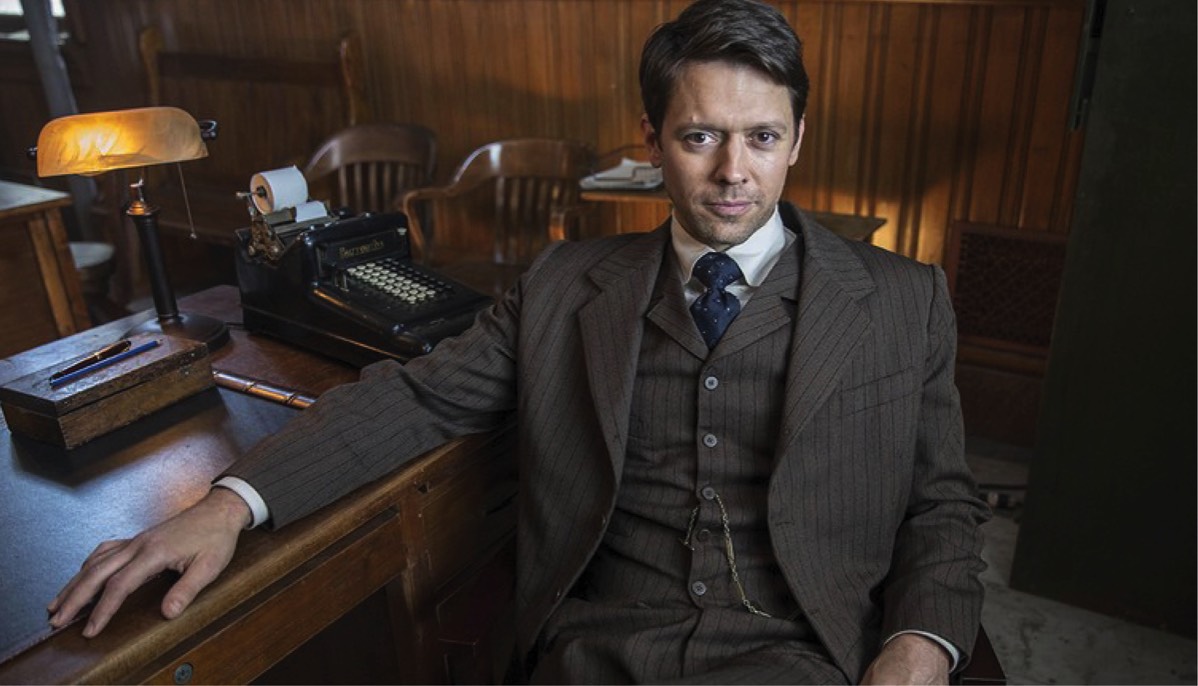
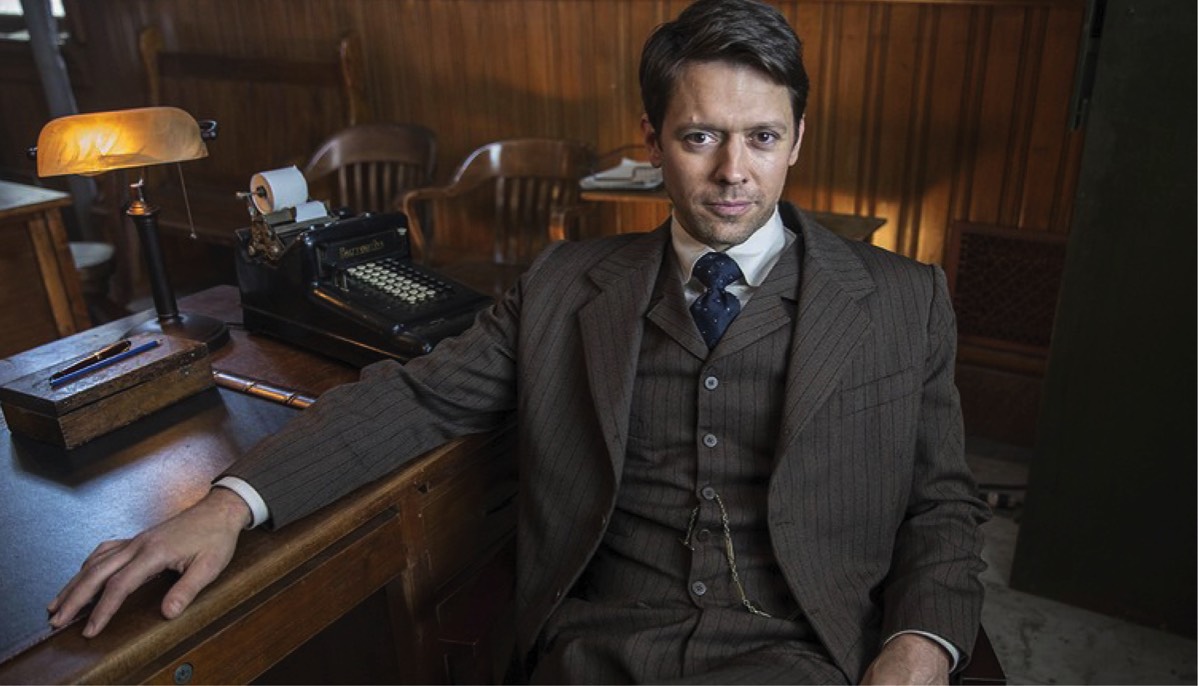
John Keabler via History
It was a gamble at best. The young Charles M. Schwab threw the now legendary nine-figure purchase price at financier J.P. Morgan, and like a smooth, calculating roll of the dice, closed the largest industrial sale in American history. In this scene from The Men Who Built America, actor John Keabler plays the enterprising Schwab during his formative years as president of Carnegie Steel: who shrewdly negotiated the secret sale of the company to New York’s financial giants. The scene further chronicles the likely set of events that created the world’s largest corporation known as U.S. Steel, and finally celebrates the spirit of Risk-Taking that is embedded in the heart of leadership and the soul of the American dream.
Often called the “Master Hustler,” Schwab was the first executive in America to earn a $1M salary, a landmark payoff for all his grit and gambling. More than resilience, greater than vision, and stronger than the strategic mind, Risk-Taking is likely the one most critical attribute of innovative leaders throughout history. The stomach to take chances—to lose big in the pursuit of a bigger aim—creates shifts that change the way we work and live. I wondered what insights the young actor gleaned from playing this remarkable Change Agent, and recently spoke with John Keabler in Washington, DC.
New York based Keabler says he first identified with Risk-Taking when, as a young Park Ranger, he decided to roll the dice on an acting career. Exercising his own brand of risk-driven decision-making, Keabler gambled his way from stage to screen with roles in 30 Rock, All My Children, and the critically acclaimed Faith, Love and Whiskey. Currently in residence with the Shakespeare Theater Company in Washington DC, his portrayal of a valiant knight and war captain “Sir Henry Hotspur” breathes a unique quality of Risk-Taking into Henry IV. Whether on a Shakespearian stage or Hollywood Backlot, Keabler admits, “It got easier to identify with all the leader’s I’ve portrayed because, whether on a medieval battlefield or in the trenches of the Industrial Revolution, inert risk looks and feels very much the same.” As president of the Bethlehem Steel Company, Schwab alone bet on the development of the H-beam that by the 20th century was revolutionizing building construction and urban city landscapes. Indeed, the Age of Skyscrapers was so sketchy a dream at the time that he once told his secretary, “If we’re to go bust we’ll go bust big!”
Leadership experts reveal that Risk-Taking is an indispensable part of innovation simply because most people err on the side of caution while leaders are notoriously fearless. Often mistaken for foolishness, Risk is essential to change of any magnitude and perhaps the most difficult quality to discern in that winner and loser are titles often apportioned to the same person. Few have the stomach for it and authors, experts and scholars continue to dither about if or whether it can be taught? I however question which of history’s great titans, warriors or moguls were ever tutored on the importance of vision? Which of them took workshops on resilience? After 25 years in the Financial Services industry, I’ve watched markets crash, corporations’ collapse, and the seedlings of new products, services and industries rise anew from this creative destruction. On reflection, each and all were driven by an impulse, intuition or instinct, and all were sustained by a combustible passion.
By the dawn of the 20th century Schwab was in good company. Among his contemporaries were the biggest Risk Takers in history. Carnegie had bet his fortune and future on steel. Ford rolled the dice several times on a patent to manufacture the Model T: an affordable automobile for the common man. And J.P. Morgan had gambled on a talented young scientist named Thomas Edison. But entrepreneurs from this era distinguished themselves from any future leadership in this particular way: each rolled the dice with their own fortunes.
The modern Risk Taker however faces a different challenge. The age of regulation and government oversight demand that financial and corporate leaders focus on risk mitigation or aversion that can often stunt or stifle innovation. More restricted than their entrepreneurial ancestors, innovators of this age have nevertheless demonstrated an iron stomach for gambling, too. Warren Buffet, for instance, made a fortune discovering under-valued assets and investing in them. Bill Gates introduced the Home Computer, and Steve Jobs allowed us to hold that computer in the very palm of our hands. But it was John Keabler’s portrayal of the great Charles M. Schwab that shifted my point-of-view about risk from a cautionary tale to a critique on human reason. Jobs was notoriously fired, Schwab died alone and penniless, and both continually encountered push back throughout their careers. Yet each left behind the twinkling skylines and technological masterpiece that not only reshaped how the world interacts and does business—but single-handedly created the very platforms on which we do so.
With the intent to mass market ubiquitous computing, Google Glass is presently emerging as the first wearable computer with an optical head-mounted display, and may very well be shifting how we work and live yet again. “I want to put a ding in the universe” Steve Jobs said, when he reassumed the leadership at Apple in 1998 and not only brought the business back from near bankruptcy, but rebuilt the company he’d founded into the largest and possibly most transformative corporation in the world. Now that, I suggest, is the very pitch and sound of risk.


